Net 30 : What Is It and How Does It Work?

Have you ever come across a term you’ve seen often, but when you really think about it, you’re not sure of the true definition? Small business owners may run into this challenge because they are so busy running their day-to-day operations they just don’t have time to look everything up. Different invoice dates and terms include trade credit, early payment discount offers, and payment periods. A vendor can change the payment terms according to when they want to be paid. These can change as you develop trust with your supplier or customer.
Key Takeaways
- Net 30 is a term included in the payment terms on an invoice.
- Net 30 on an invoice means payment is due thirty days after the date.
- Payment terms like net 30 are essential to include on an invoice because they clarify when you want to be paid.
- You can extend net 30 to net 60 or net 90 as a courtesy to clients who always pay on time.
In this article, we’ll cover:
What Does Net 30 Mean on an Invoice?
Pros and Cons of Net 30 Payment Terms
What are the Alternatives to Net 30 Terms?
What Does Net 30 Mean on an Invoice?
Net 30 is a term included in the payment terms on an invoice. Simply put, net 30 on an invoice means payment is due thirty days after the date. For example, if an invoice is dated January 1 and says “net 30,” the payment is due on or before January 30. It indicates when the vendor wants to be paid for the service or product provided. In this case, net 30 means the vendor wants to be paid within 30 days of the invoice date.
Net 30 is a credit term. The vendor offers credit and sends the products or performs a service first and then requests payment by a certain later date.

How Does a Net 30 Work?
You may be asked to pay your invoices immediately when you are a new customer or new business. When a vendor gives you a vendor account and a net 30 payment period, they extend credit to you and trust that you will pay the invoice in full within 30 days. As a business owner, when you use net 30 on an invoice to one of your customers, you encourage customers to create a positive payment history. Net 30 also enables a great habit of monthly payments.
Why Use Net 30?
Payment terms like net 30 are essential to include on an invoice because they clarify when you want to be paid. This ensures clarity resulting in timely payments.
It also increases your chances of being paid on time. Instead of “net 30,” you may want to write “payment is due in 30 days” in your payment terms. This makes matters even more apparent to the customer. Your payment terms should always be as clear and concise as possible, and try to include consistent terms from invoice to invoice.
Should I Use Net 30?
Small businesses don’t use the same payment terms with every client. You may extend net 30 or even more generous payment terms like net 60 or 90 to trusted clients who pay on time. With many businesses, excellent customer loyalty can extend their payment period. New clients who would like a credit line or who want to build business credit with a credit application can have their history checked with credit bureaus like Equifax business. Usually, pay immediately, and net 10 or net 15 is offered to new or late-paying clients. Net 10, 30, and 60 are the most common net terms.
A small business can also offer a discount to incentivize clients to pay earlier than the requested date.
- For example, an invoice with credit terms of net 30 can offer a five percent discount on invoices paid within 10 days. This is written as “5/10, net 30.”
If you want to use a premade invoice template, you’re in luck! To save you time, FreshBooks offers a free download of invoice templates. You’ll find a variety of templates and styles to suit your business.
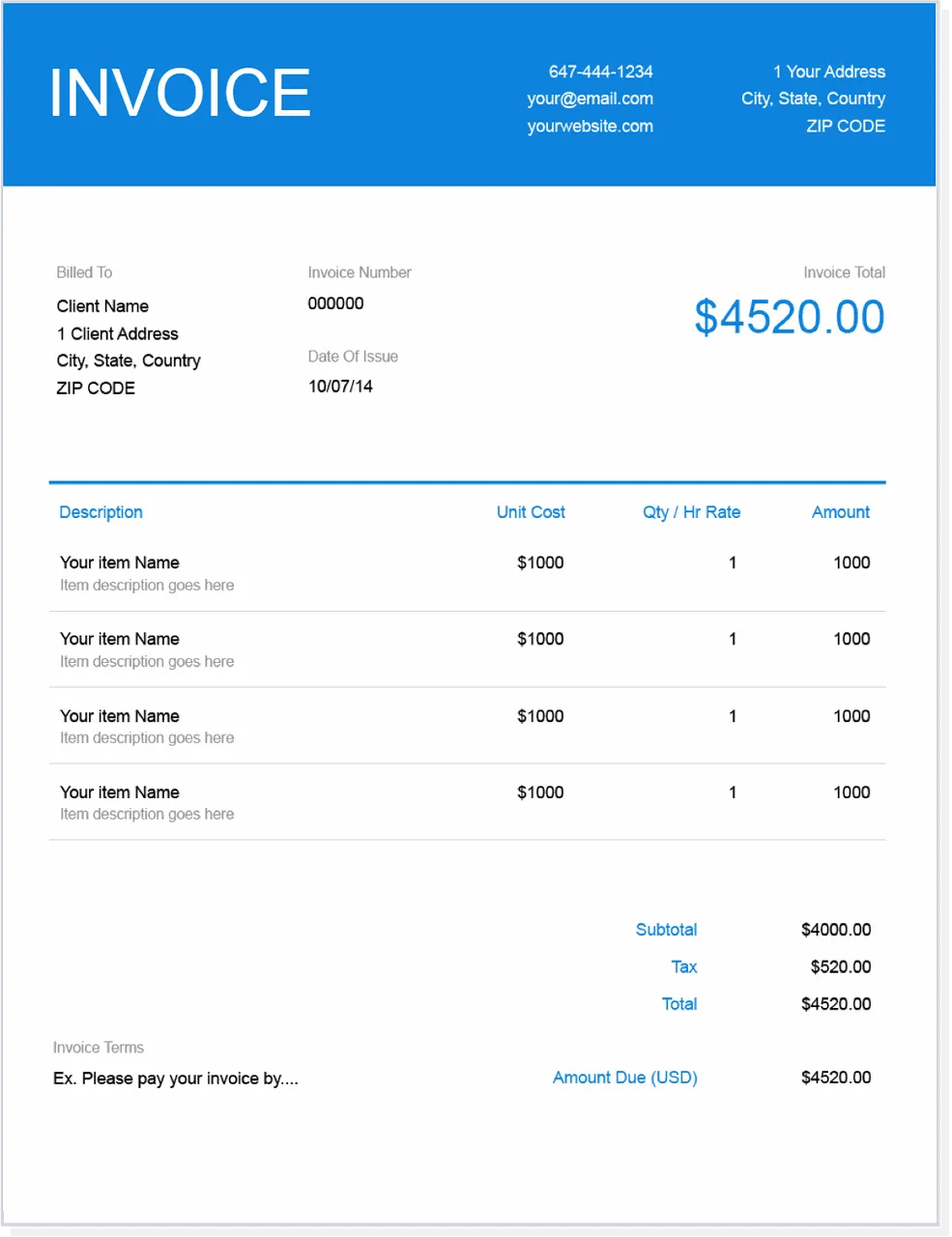
Where Do I Put Net 30 on an Invoice?
Credit terms may have their own section at the top or be added to the terms and conditions section at the bottom. In the below example, net 30 can be placed in the “terms” section at the bottom. However, there is also a “due date” at the top that clarifies what day payment is due.
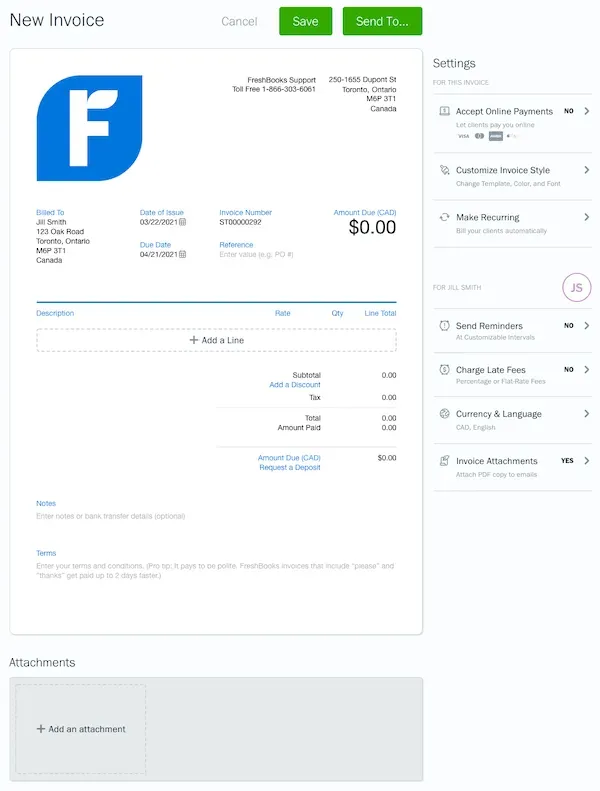
Pros and Cons of Net 30 Payment Terms
Just like anything, net 30 payment terms have their pros and cons.
Pros of Net 30 terms can be:
- It’s easier to work with larger companies. You’ll find that relaxing your payment terms will be more conducive to working with companies that have multiple levels of payment processes or strict payment dates.
- Attractive payment terms and flexible billing can help gain you more customers.
- Offering credit terms can encourage customer loyalty and build solid business relationships.
Cons of Net 30 payment terms can include:
- The possibility of not having enough capital in the bank to pay your suppliers
- The lack of paid accounts can create slow cash flow problems, potentially causing problems for payrolls and important bills.
- Sometimes invoices aren’t paid at all. Extending credit to customers can backfire if the customer’s business is not stable or credit-worthy.
What Are the Alternatives to Net 30 Terms?
You can decide on any alternative to net 30 terms when you are the vendor. That is your prerogative if you want to make a net 20 term to improve your cash flow dates. When you are a customer, you initially need to take the terms the supplier offers. As you create a relationship with that business and prove that you can pay earlier and on time, you build business credit and can request better terms.

Conclusion
The term net amount on an invoice refers to the cost of products or services before taxes. The term Net used with an additional number (like net 30) refers to payment terms. Net 30 on an invoice means that your invoice is payable in 30 days or before. Net 30 terms can be changed according to your credit account. If you pay past the due dates, you could be obliged to pay a late fee; if you pay early, you may receive a discount. Want an invoice generator that makes billing easy? FreshBooks has online invoicing software that easily lets you insert payment terms and send reminders.
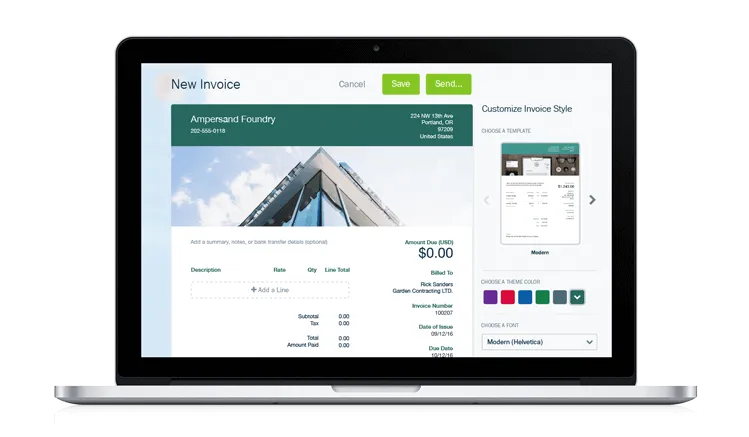
FAQs on Net 30
What Is Net Amount on an Invoice?
Net amount on an invoice is the cost of products or services before sales tax or any other fees like a discount or outstanding balance. The invoice total, including tax and additional fees, is an invoice’s gross value.
Some companies only include a net number because they are tax-exempt. For example, if an American business buys something from Europe, the vendor may only charge them the net amount, pay for VAT (tax) themselves and then apply for a refund. This saves the American company from paying taxes and applying for a refund.
A net amount is also useful to show a customer how much they’re paying for products and services purchased before any additional fees and taxes.
What Does Net Mean on an Invoice?
Net can mean two different things on an invoice.
- Net can apply to payment terms. For example, “net 15” means full invoice payment is due, at the latest, fifteen days from the invoice date.
- Net can also apply to the total due on an invoice. The net value of goods or services itemized on an invoice is their value before tax or other fees. The net value tells the customer or client how much they’re paying for an item or service before tax.
What Does Net 10 Mean on an Invoice?
On an invoice, net 10 means that full payment is due 10 days after the invoice date, at the very latest. Net 10 is a credit term, meaning services and products are sold in advance, and the client pays later.
A small business may use shorter payment terms, like net 10, with new customers or customers that tend to pay late. Once the customer starts paying on time, the business may extend longer payment terms like net 30 or net 60.
What Does Net 15 Mean on an Invoice?
On an invoice, net 15 means that full payment is due 15 days after the invoice date, at the very latest.
Net 15 is part of a company’s payment terms. Instead of asking a client for immediate payment after a product has been delivered or service performed, the customer pays the invoice within the time set by the company. In the case of net 15, the client has 15 days to pay the invoice.
Net 10, 30, and 60 are the most common payment terms. Net 15 is relatively short. A small business may use these terms for new clients or existing clients who haven’t paid their invoices on time in the past.
How do you qualify for net 30?
Ask your supplier or vendor to speak to their credit department and ask to establish an account. You may be required to fill out a credit application. This is often the first step in qualifying for net 30 terms.
About the author
Michelle Alexander is a CPA and implementation consultant for Artificial Intelligence-powered financial risk discovery technology. She has a Master's of Professional Accounting from the University of Saskatchewan, and has worked in external audit compliance and various finance roles for Government and Big 4. In her spare time you’ll find her traveling the world, shopping for antique jewelry, and painting watercolour floral arrangements.
RELATED ARTICLES

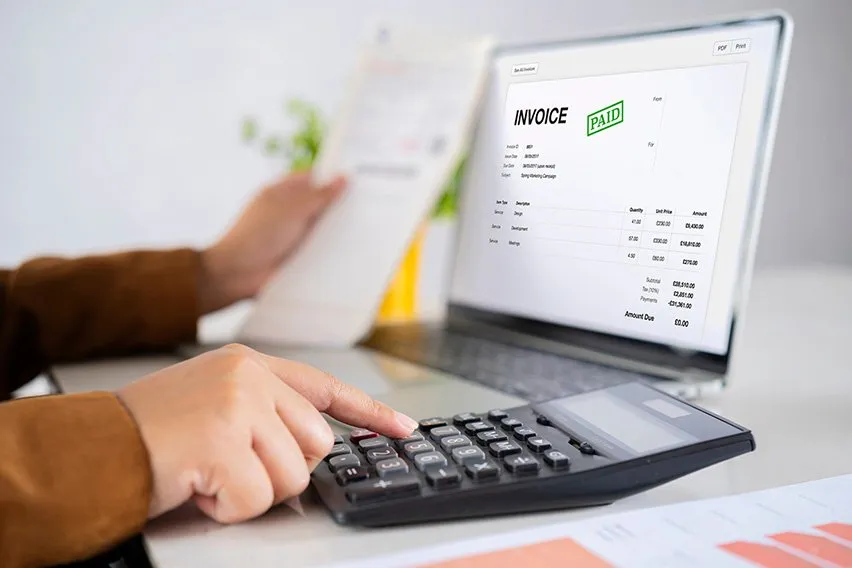 8 Tips to Get a Client to Pay an Invoice on Time
8 Tips to Get a Client to Pay an Invoice on Time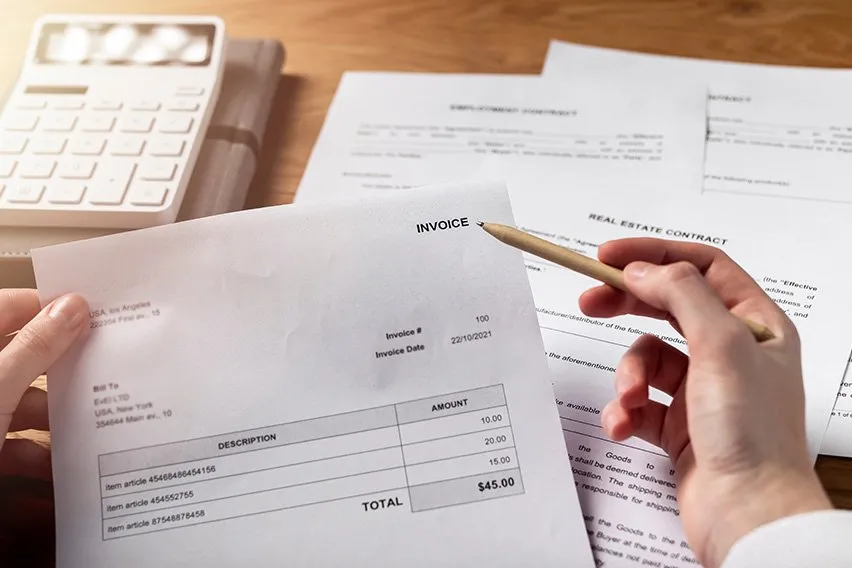 How to Write an Invoice Letter: A Small Business Guide
How to Write an Invoice Letter: A Small Business Guide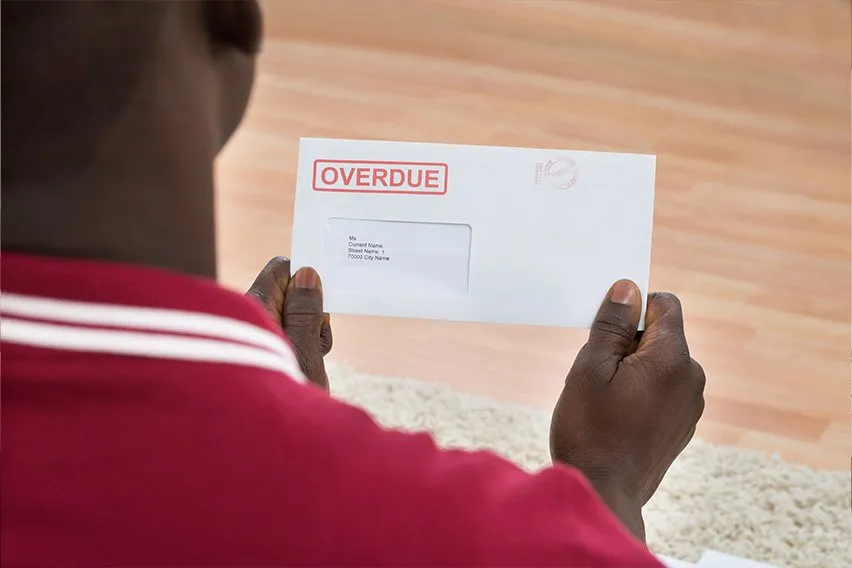 8 Tips to Write an Overdue Invoice Letter That Will Get You Paid
8 Tips to Write an Overdue Invoice Letter That Will Get You Paid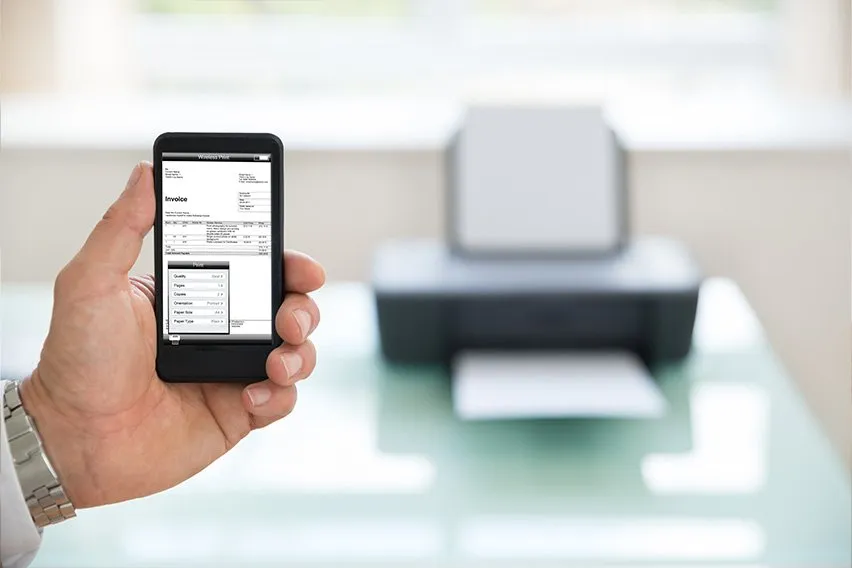 How To Print An Invoice? Step By Step Guide
How To Print An Invoice? Step By Step Guide What Is a Vendor Invoice?
What Is a Vendor Invoice?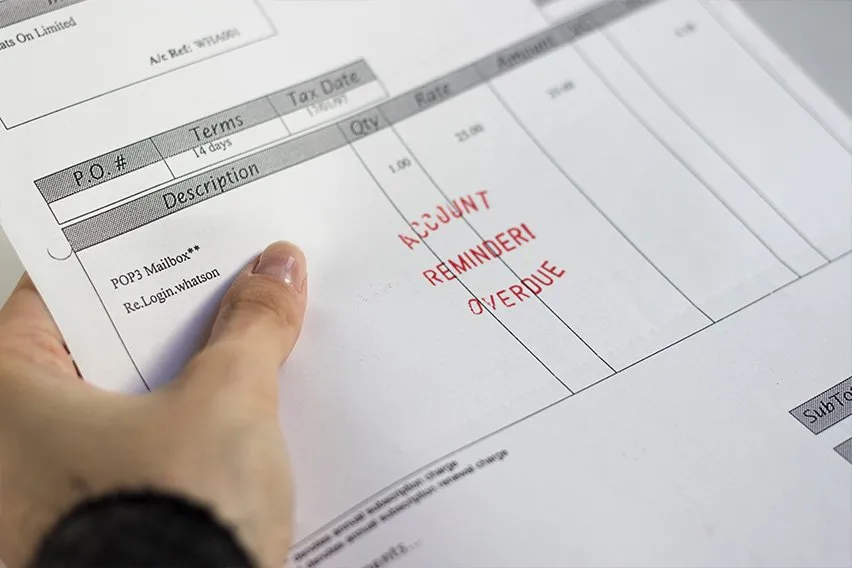 How Much Interest To Charge On Overdue Invoices
How Much Interest To Charge On Overdue Invoices